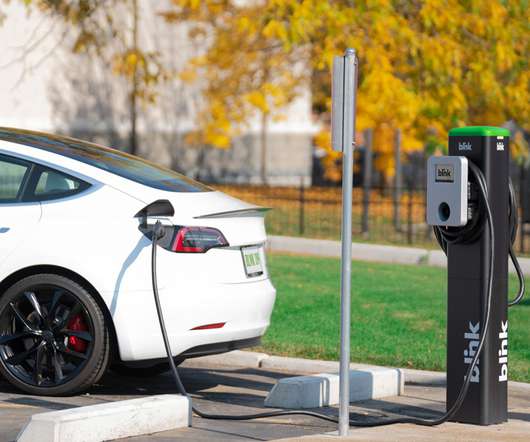Airborne measurements show ozone-forming VOCs emissions from ethanol plant higher than government estimates
Green Car Congress
MAY 5, 2015
VOCs and nitrogen oxides react with sunlight to form ground-level ozone, the main component of smog. Over the past decade, because of the renewable fuel mandate, we have added 10 percent of ethanol to all the gasoline that is sold in the U.S. and so the question is: what does that do to the environment.

















Let's personalize your content